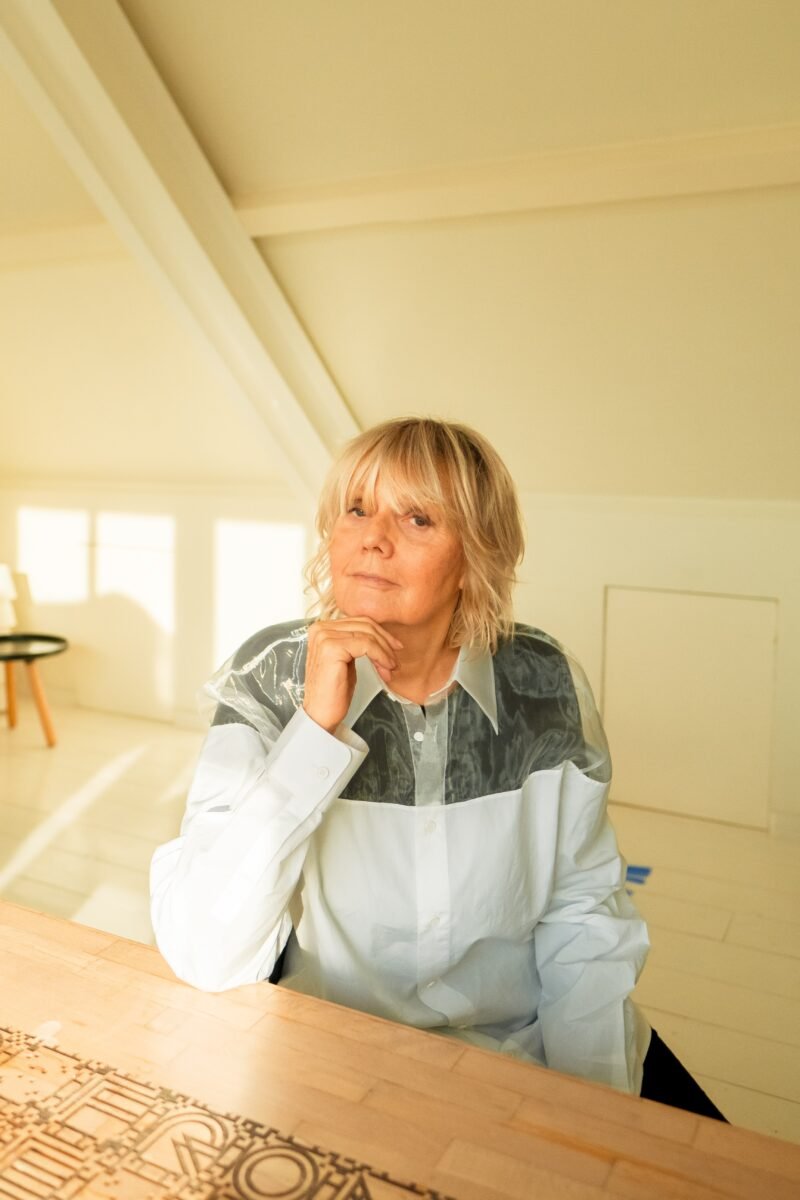Like It In Real Life
A lot of things that seem to be easy online are incredibly hard offline. Like making friends, or storing of old unused stuff. Since Facebook started with the Like button, this also counts for expressing appreciation. It’s easy to express enthusiasm about an online phenomenon, but about a real-life object there’s no clear method to share remarks with friends.
Renault has invented a new technique to close this gap. During the Auto RAI in Amsterdam, the annual automobile event in the Dutch capital, the French car brand launched the real-life Facebook Like button, to enable visitors to share the car they see in real on their Facebook page.

The introduction of this innovative technique is a clever marketing tool for Renault that incorporates the idea to create an online viral brand experience. Renault has built the RFID chip into a pillar next to the car and visitors need a special card to make a connection. A better idea would have been to implant this button in every car Renault produces, and use people’s mobile phone instead of a special card to create a connection. When strolling around in the city, smartphone users then would be able to hit the famous ‘thumbs up’ symbol on the bonnet of a Renault just by holding their phone to the button. Millions of people would broadcast the car on their wall only for the purpose of trying it.

In addition, this technique offers great opportunities to other real life objects. What would happen if people were able to express their opinion about buildings just by bumping their smart phone against a physical Like button? In that case, new buildings can be judged by many people based on the way they look from the outside and the role they have in the city. Opinion leaders would make up what users collectively think of different buildings in the city. The architecture debate would be widened up by a social media component, not only used by architects, but by ‘normal’ Facebook users — the people. The result could be a democratization of the debate.
Speculating further, also a comment button would be possible. When hitting the button with a smartphone a connection will be made that offers the user the possibility to comment on a specific building. Theoretically, comments could be broadcasted back onto the facade. (Interesting for architects with guts.) The connection with Facebook here prevents the facade from being spammed with all kind of dirty language, since the comments are also posted on the user’s Facebook wall. In an earlier comment on this article, Sven mentioned the possibilities of integrating a Flattr chip in urban objects to co-finance street furniture and collective playgrounds. Better or other relevant ideas to link real objects to Facebook are welcome!
[adrotate banner=”7″]



